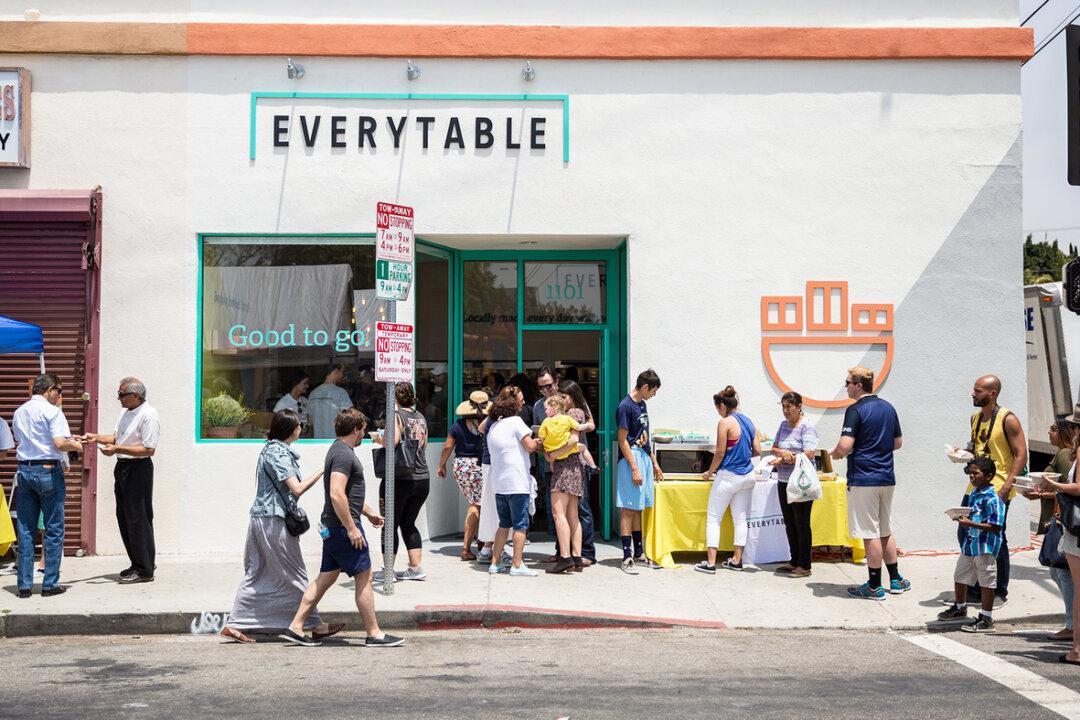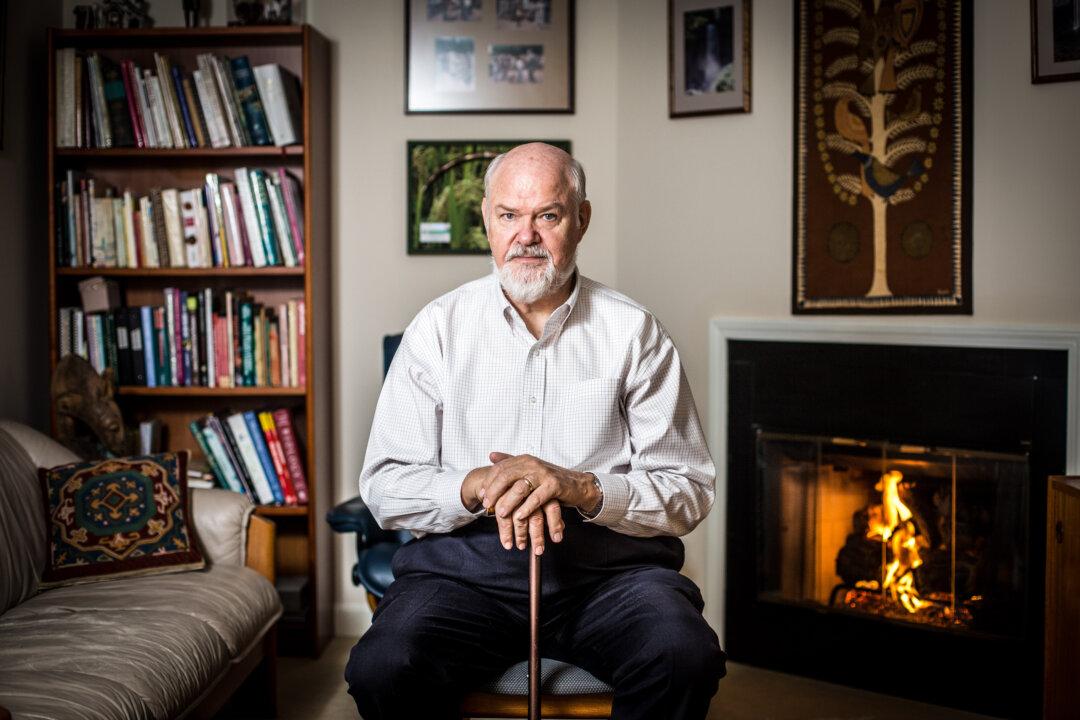When Tava Indian Kitchen in Palo Alto, Calif. holds its grand re-opening, guests will see a lot less of the Indian character that got the fast-casual chain its start. Tava’s management team has concluded that America is not ready for an authentic Indian fast-casual experience.
As part of a complete menu and brand overhaul, a version of the chain’s famous Burroti will still be there, but it will now be referred to as a wrap.
Tava founders Vijay Brihadesam, Hasnain Zaidi, and Jason Pate—friends who met at Duke University and left careers in finance to start Tava—conceived of the Burroti as a “burrito-style wrap,” with the wrap provided by Indian roti flatbread, and the filling of rice, spicy entree, and fresh vegetables.
The chain’s signature Burroti is in part why Tava has earned its reputation as the Indian Chipotle. Tava allows guests to choose from the Burroti, rice bowl, or salad bowl, and then customize as they go down a line.
With the rebrand, under CEO Jeremy Morgan’s leadership, Tava is moving toward menu items that have broader appeal with Americans. For example, the new restaurant name and logo will exclude the word “Indian.” Based on the company’s new Twitter account, it appears the new name for the restaurant will be Tava Kitchen.






